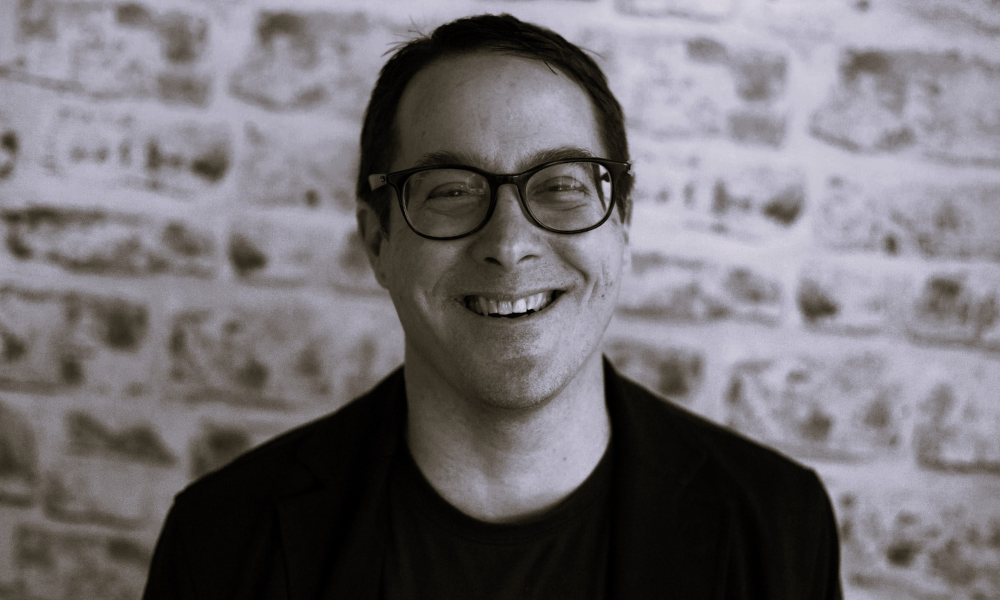
The commercial lending lawyer turned innovator reshaped ID security but says many barriers remain

Jay Krushell’s journey into legal tech innovation was driven by a problem in his practice as a commercial lending lawyer. Clients frequently travel and face logistical headaches when documents must be signed under tight deadlines. “I said to myself, ‘There's got to be a better way to do this, a way for me to meet with my clients remotely, to sign a document like a guarantee.’”
So, Krushell designed an identity verification tool. As luck would have it, he launched the tool in 2020 just as the pandemic caused the entire profession to move to virtual communications. The tool quickly garnered interest from title insurance companies for its fraud prevention capabilities. This success culminated in a majority acquisition by Stewart Title in 2021, solidifying Treefort’s place as a player in the legal tech landscape.
As part of the acquisition, Krushell agreed to take on the role of chief legal officer at the company. He now finds himself at the intersection of legal tradition and technological evolution, confronting challenges that reflect a broader transformation in the legal profession. From identity verification intricacies to the surge in digital credentials, Krushell’s insights spotlight an industry cautiously navigating the path toward digitization and virtual communication.
At the heart of the discussion is the challenge of verifying client identities in an age where fraudulent IDs have become increasingly sophisticated. “The high-quality fake IDs currently in circulation have the personal information of an innocent third party but the photo of the bad actor,” Krushell says. This flaw in the government-issued ID method, a cornerstone of the legal profession’s client ID rules, leaves lawyers at a disadvantage, unable to discern fake from authentic. As Krushell points out, the problem is further compounded by the lack of tools available to lawyers to verify IDs against official motor vehicle registries – a step he deems critical in tackling this growing issue.
Krushell sees the legal profession’s reluctance to embrace digital credentials as an area ripe for disruption. Despite the soft launch of BC’s “Person’s Card” and similar innovations, lawyers are shackled by outdated regulations. Krushell says a section in FINTRAC’s client ID rules – ostensibly included to anticipate the rise of digital credentials – remains ignored in equivalent law society rules, effectively barring their widespread use. This oversight disadvantages lawyers, he notes, as other industries increasingly leverage such credentials.
Another restriction, Krushell says, is a fixation on privacy over other things. While there are many legitimate concerns about privacy and security, he says that “one of the things we have in Canada is what I would call an obsession with privacy. It's almost to the extreme where anytime you're dealing with any personal information, it can never be disclosed or shared for any reason whatsoever,” Krushell says.
Beyond the legislative gaps and technological hesitancy lies a broader risk: the weaponization of emerging technologies like deepfakes and digital injection attacks. As workflows digitalize, Krushell warns, lawyers become prime targets for increasingly sophisticated fraud. He says none of the existing rules consider the need for lawyers to confirm any photo they see on their camera is not a deepfake or a video of somebody holding a picture up to the camera. “You need to make sure that the solution you're using not only does all those things that are specifically referenced in the rules, but it does this liveness detection because, without that, you're completely vulnerable to all of those new attack vectors,” he says.
Krushell remains pragmatic about the industry’s pace of adoption. Lawyers, he explains, are risk-averse by necessity. “What lawyers sell is certainty,” he says. Introducing new workflows disrupts the predictability clients depend on, a key reason the profession evolves cautiously. Yet, as Krushell observes, this measured approach has created opportunities for innovators who understand the profession's unique demands.
Looking ahead, Krushell envisions a world where technology enhances the practice of law without eroding its foundational principles. He emphasizes that the challenge lies in crafting innovative yet practical solutions that are compliant with strict legal standards. “It's a very restrictive box that you have to operate within. So, we're not at the point yet where it's just unicorns and rainbows…[However], I think there's a world of opportunity for lawyers to modernize their practices in the appropriate circumstances.”